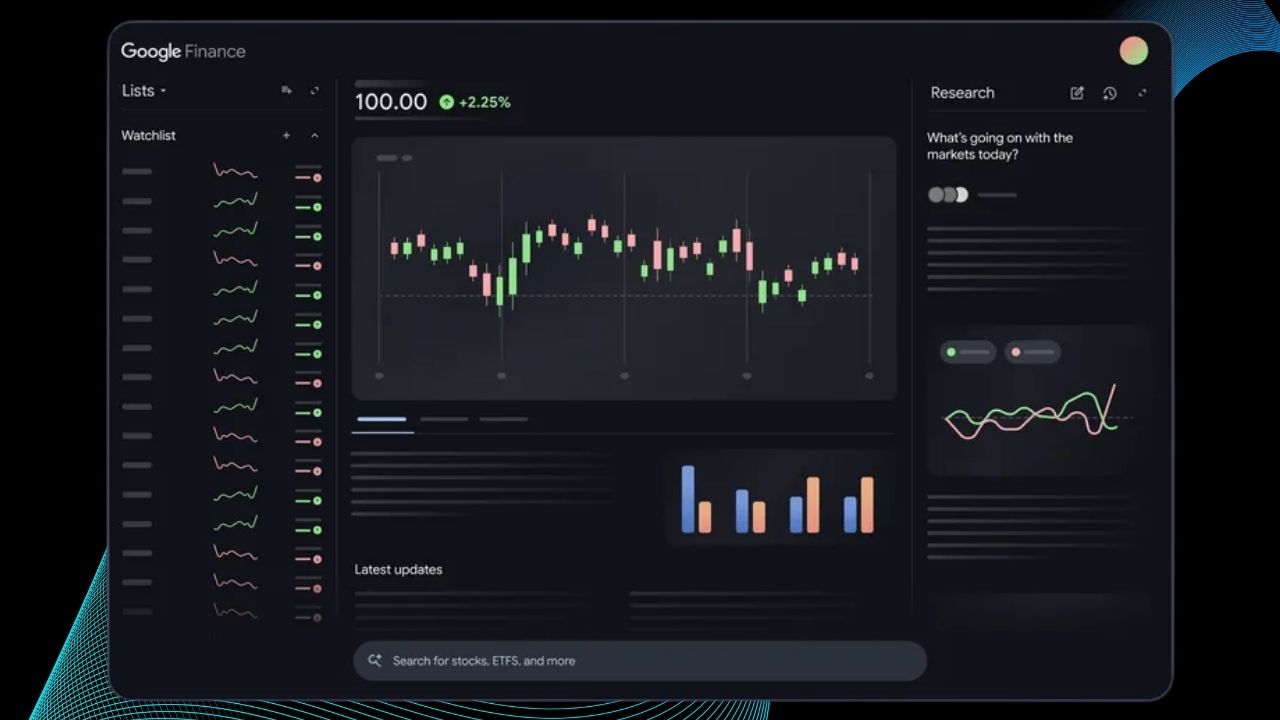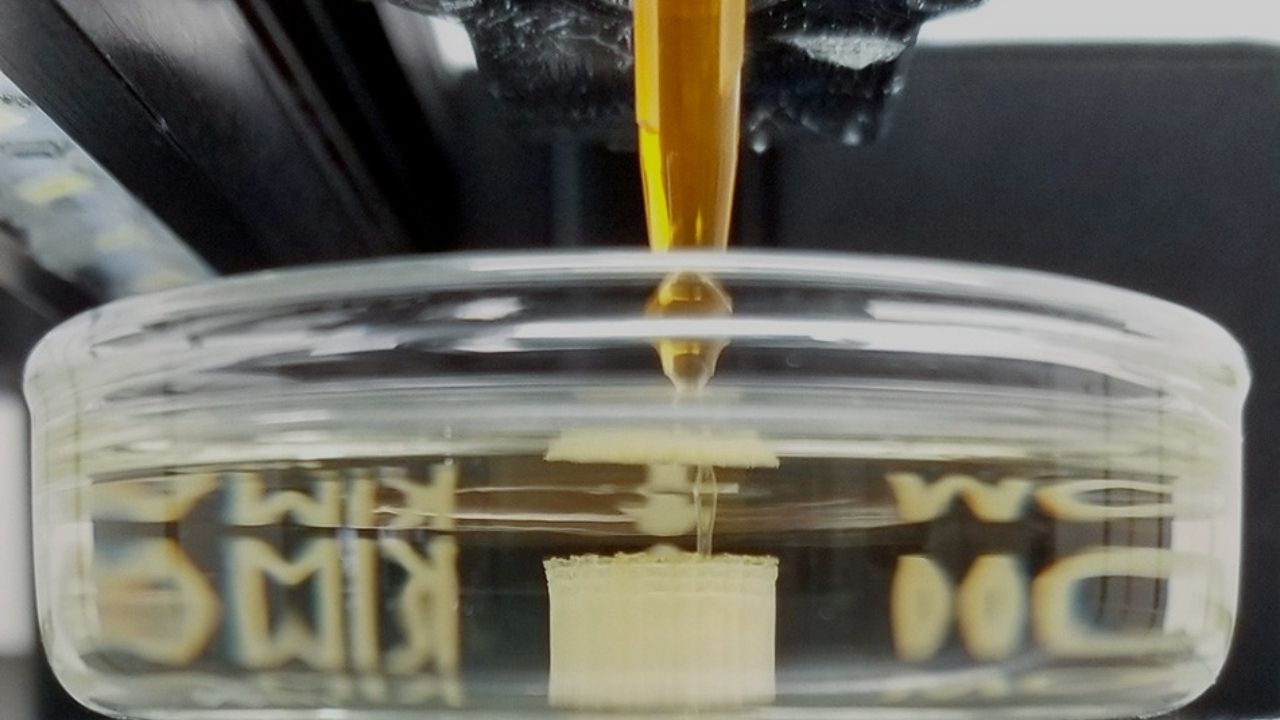Smart Windows: Imagine a world where your windows do more than just let in light—they think for you, keeping your home cool in summer, warm in winter, and your energy bills lower all year round. This isn’t science fiction. Smart windows that automatically adjust temperature are here, and they’re poised to revolutionize how we experience comfort indoors.
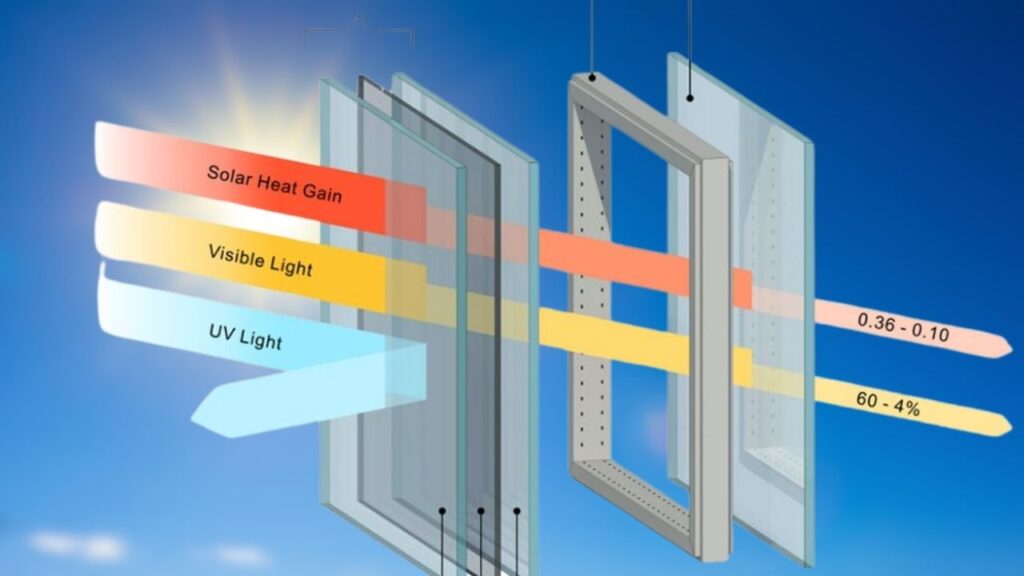
Whether you’re a homeowner, architect, or building manager, understanding this technology can help you create more comfortable, energy-efficient spaces.
Smart Windows
| Feature/Stat | Details |
|---|---|
| What are Smart Windows? | Windows that change tint, transparency, or reflectivity automatically to control heat and light. |
| Energy Savings | Can reduce heating and cooling energy use by up to 30% |
| Temperature Reduction | New smart windows can lower indoor temps by up to 27°C |
| How Do They Work? | Use electrochromic, thermochromic, or photochromic glass; sensors and algorithms adjust settings automatically. |
| Professional Use | Widely used in commercial buildings, offices, and high-end homes for energy efficiency and comfort. |
| Official Resource | U.S. Department of Energy – Windows, Doors & Skylights |
Smart windows that automatically adjust temperature are changing the way we think about comfort, energy use, and building design. By using advanced materials and smart controls, these windows keep rooms just right—cool in summer, warm in winter, and always filled with the perfect amount of light. For homeowners and professionals alike, investing in smart windows is a step toward a more sustainable, comfortable, and future-ready living space.
What Are Smart Windows and How Do They Work?
Smart windows—sometimes called “smart glass” or “dynamic glass”—are windows that can automatically change how much light and heat they let through. Unlike regular windows, which are always the same, smart windows can:
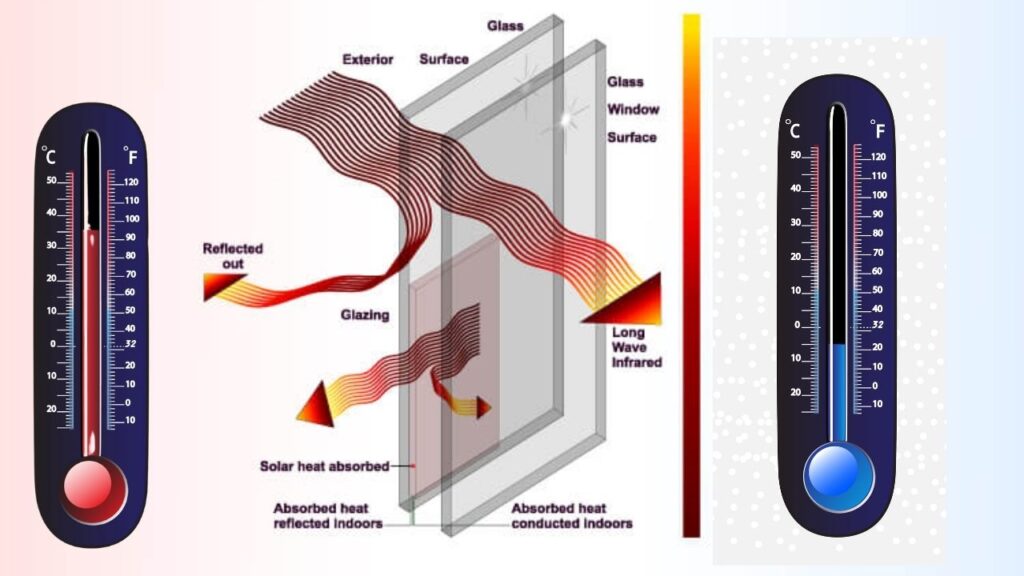
- Get darker or lighter (change tint)
- Block or let in heat (infrared light)
- Give you privacy at the touch of a button or automatically
How do they do this? The secret lies in special materials and clever engineering. The most common types are:
- Electrochromic glass: Changes its tint when you apply a small electric current. You can control it with a switch, remote, or even your phone.
- Thermochromic glass: Changes transparency based on the temperature. When it gets hot, the glass darkens to block heat; when it’s cooler, it becomes clearer to let in warmth.
- Photochromic glass: Reacts to sunlight, darkening when the sun is bright and clearing up when it’s cloudy.
Some smart windows even combine these technologies for the best results.
Real-World Example
A recent breakthrough in smart window tech showed that a building with these windows could stay up to 27°C cooler than one with regular glass on a hot day. That’s the difference between a sweltering 58°C and a comfortable 31°C inside!
Why Are Smart Windows a Game Changer for Indoor Comfort?
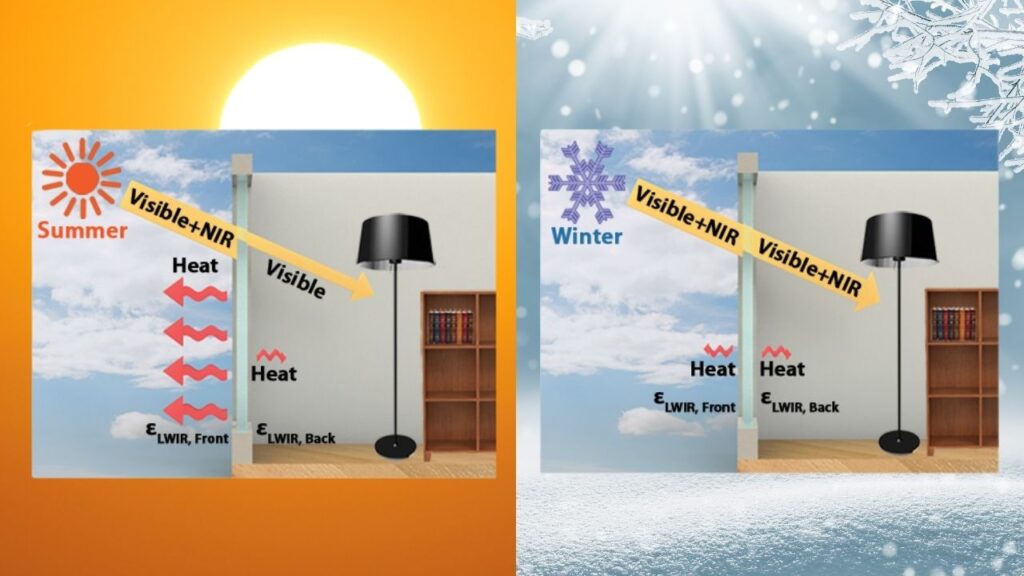
1. Automatic Temperature Control
Smart windows use sensors and algorithms to “learn” your preferences and adjust automatically. For example, if the sun is blazing outside, the windows can darken to keep your room cool—no need for heavy curtains or blasting the AC.
2. Energy Efficiency and Cost Savings
- Windows are responsible for up to 30% of heating and cooling energy use in homes.
- Smart windows can cut this by up to 20–30% by reducing the need for air conditioning in summer and heating in winter.
- Double or triple glazing and good insulation can further boost savings, reducing a home’s total energy load by about 15%.
3. Customizable Comfort
Whether you want more sunlight in winter or less glare in summer, smart windows can be set to respond to your needs. Some models even offer “modes” for different seasons or times of day.
4. Privacy and Security
At the flick of a switch, your windows can become opaque, giving you instant privacy. In a power outage, many smart windows automatically default to their darkened state, so your privacy is always protected.
How Are Smart Windows Installed and Controlled?
Construction and Installation
- Available as single, double, or triple glazed panels.
- Can be custom-cut to fit any window size or shape.
- Laminated with special films or coatings between layers of glass.
Power and Control
- Most smart windows need a small amount of electricity (less than 5 watts per square meter).
- Powered by transformers wired into your building’s electrical system.
- Controlled by wall switches, remotes, smartphone apps, or integrated with building management systems (BMS).
- Some types (like thermochromic glass) don’t need any power—they react passively to temperature changes.
Cleaning and Maintenance
- Clean like regular glass with a damp cloth and gentle cleaner.
- Avoid abrasive products and excess water.
- Always turn the smart glass “off” before cleaning.
The Science Behind Smart Windows
Smart windows work by controlling two main things:
- Visible light (what you see)
- Infrared light (heat energy from the sun)
By adjusting how much of each gets through, smart windows can keep rooms bright and comfortable without letting in too much heat or cold.
Three-Mode Smart Windows: A Closer Look
A new generation of smart windows uses three different modes:
- Transparent Mode: Lets in sunlight and heat—great for cold days.
- Colored Mode: Turns blue to absorb light and allow some heat, offering privacy and moderate temperature control.
- Reflective Mode: Reflects both light and heat, blocking glare and keeping interiors cool even on the hottest days.
Practical Advice: Should You Install Smart Windows?
For Homeowners
- If you live in a place with extreme temperatures, smart windows can make your home more comfortable and lower your energy bills.
- They’re especially useful for rooms with lots of sunlight or large windows.
For Professionals (Architects, Builders, Facility Managers)
- Smart windows are a valuable feature for green building certifications and energy-efficient design.
- They can help meet sustainability targets and improve occupant comfort, making buildings more attractive to tenants and buyers.
Cost Considerations
- Smart windows are more expensive upfront than regular windows, but the long-term savings on energy bills and increased comfort can offset the initial investment.
- Many governments and utilities offer rebates or incentives for installing energy-efficient windows.
Hydrogen Fuel at Half the Cost? New Catalyst from South Korea
Researchers Demonstrate Advanced Cooling in Data Centers to Cut Emissions 15–21%
FAQs About Smart Windows
Q1: How much energy can smart windows save?
Smart windows can reduce heating and cooling energy use by up to 30%, depending on your climate and how much glass your building has.
Q2: Do smart windows work during a power outage?
Most smart windows default to their darkened (opaque) state during a power cut, ensuring privacy and some heat protection.
Q3: Are smart windows hard to clean?
No. They can be cleaned like regular glass, but avoid harsh chemicals and always turn them off before cleaning.
Q4: Can smart windows be installed in old buildings?
Yes, smart windows can be custom-made to fit existing window frames, making them suitable for both new and retrofit projects.
Q5: Are there government incentives for smart windows?
Many regions offer rebates or tax credits for energy-efficient window upgrades. Check with your local energy authority or visit the official resource listed above.



